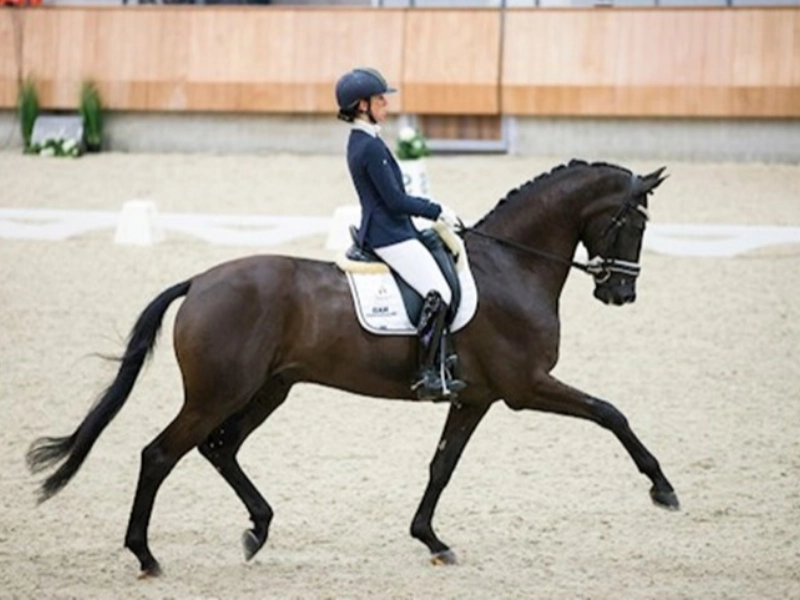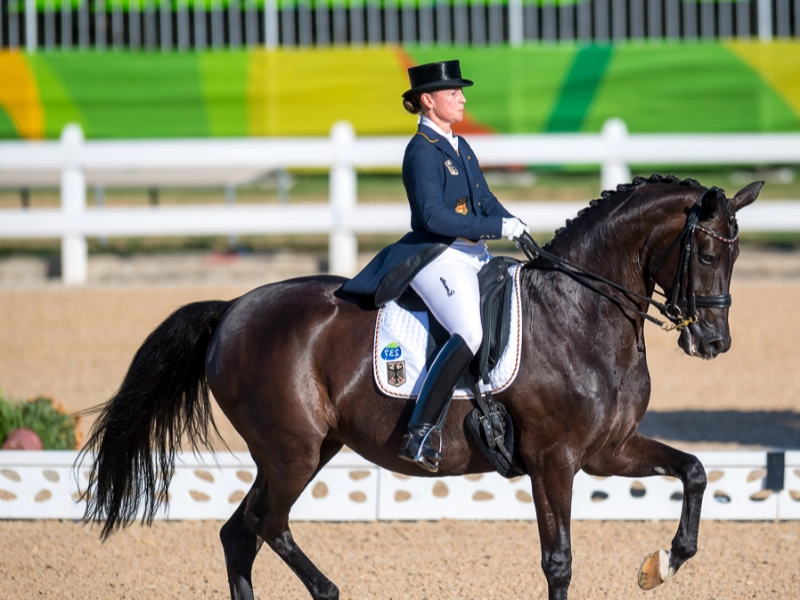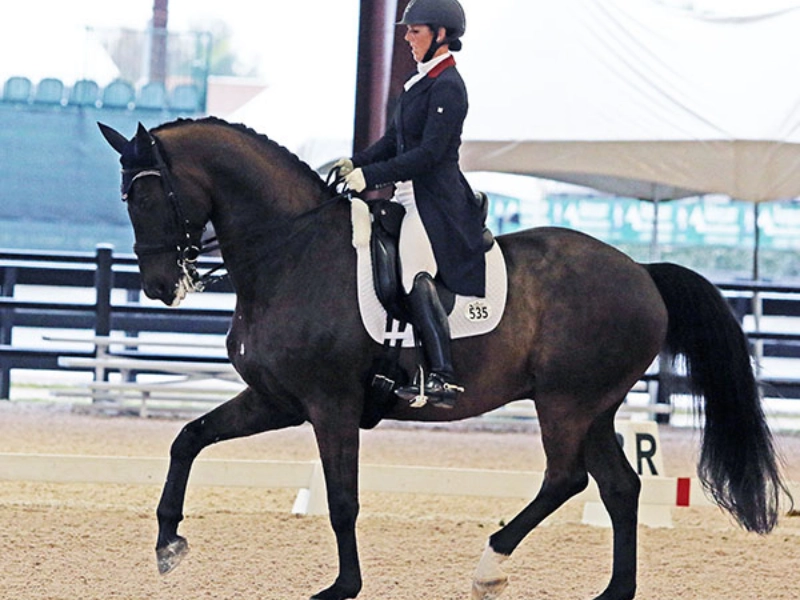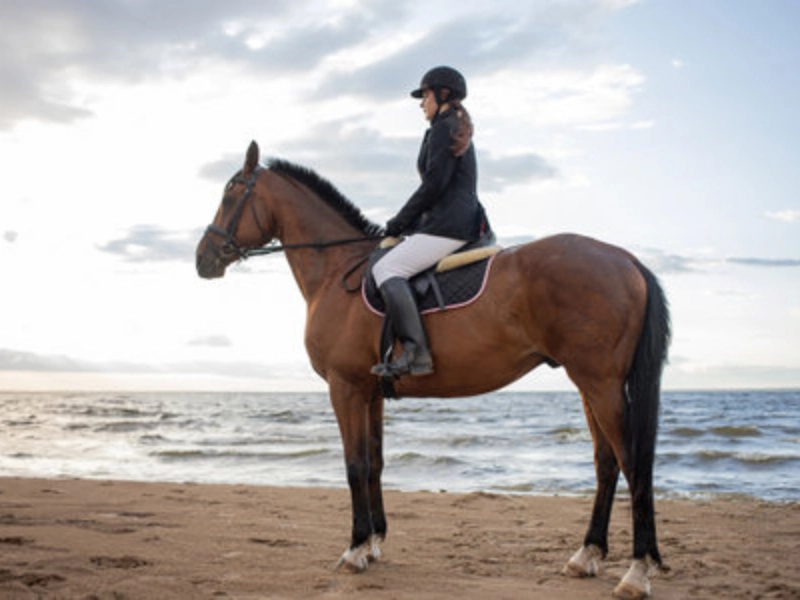Equestrian aficionados who wish to guarantee the safety and well-being of their horses while beautifying their property must first create a horse-friendly environment. Well-considered landscaping can create a suitable habitat for horses to explore, eat, and flourish. From secure fencing choices to appropriate plants and ground cover, this essay will investigate several landscaping concepts that prioritise the needs of horses, therefore guaranteeing both utility and aesthetic appeal.

 Horses depend on pastures since they allow them the area to graze and run around. Designing pasture lands should take ground cover quality and grass species under great thought. Choose nutrient-dense, horse-safe grasses include timothy, fescue, or orchard grass, which offer optimum grazing conditions. Steer clear of poisonous plants including yew, bracken fern, some forms of clover that might endanger horses.
Maintaining the health of pastures also depends critically on regular care. Use a rotational grazing technique to stop overgrazing and enable grass to flourish once more. Look over the pasture often for weeds and eliminate any dangerous plants. To guarantee horses have a pleasant surroundings all day, also think about setting aside specific locations for their access to shade and water.
Horses depend on pastures since they allow them the area to graze and run around. Designing pasture lands should take ground cover quality and grass species under great thought. Choose nutrient-dense, horse-safe grasses include timothy, fescue, or orchard grass, which offer optimum grazing conditions. Steer clear of poisonous plants including yew, bracken fern, some forms of clover that might endanger horses.
Maintaining the health of pastures also depends critically on regular care. Use a rotational grazing technique to stop overgrazing and enable grass to flourish once more. Look over the pasture often for weeds and eliminate any dangerous plants. To guarantee horses have a pleasant surroundings all day, also think about setting aside specific locations for their access to shade and water.
 An important component of horse-friendly landscaping is including naturally occurring shelters. Extreme heat, cold, and rain are among the bad weather conditions horses must defend against. Strategic tree planting can provide winter wind breaks and shade in hot summer months. Think for natural tree species that fit your environment since they will demand less care and offer a home for nearby animals.
Another great choice, assuming space, is creating a run-in shed. These buildings let horses find cover at their will free from constraint. Make sure the shelter has enough room for every horse to fit comfortably and is well-ventilated. Including natural materials like stone or wood will improve the shelter's visual attractiveness and help it to fit the surroundings.
An important component of horse-friendly landscaping is including naturally occurring shelters. Extreme heat, cold, and rain are among the bad weather conditions horses must defend against. Strategic tree planting can provide winter wind breaks and shade in hot summer months. Think for natural tree species that fit your environment since they will demand less care and offer a home for nearby animals.
Another great choice, assuming space, is creating a run-in shed. These buildings let horses find cover at their will free from constraint. Make sure the shelter has enough room for every horse to fit comfortably and is well-ventilated. Including natural materials like stone or wood will improve the shelter's visual attractiveness and help it to fit the surroundings.
 Safety in landscaping around horse areas depends on selecting the correct plants. Research and choose horse-safe choices since many common garden plants can be poisonous to horses. Usually safe and able to brighten your landscape, flowers including pansies, marigolds, and sunflowers can be used.
When choosing non-toxic shrubs or bushes, think about include dogwood or hibiscus. Steer clear of poisonous plants such oleander, rhododendrons, and azaleas that could endanger horses greatly in terms of health issues. Furthermore be aware of any potentially hazardous landscaping products, such mulch derived from cocoa shells, which poisons numerous animals.
Safety in landscaping around horse areas depends on selecting the correct plants. Research and choose horse-safe choices since many common garden plants can be poisonous to horses. Usually safe and able to brighten your landscape, flowers including pansies, marigolds, and sunflowers can be used.
When choosing non-toxic shrubs or bushes, think about include dogwood or hibiscus. Steer clear of poisonous plants such oleander, rhododendrons, and azaleas that could endanger horses greatly in terms of health issues. Furthermore be aware of any potentially hazardous landscaping products, such mulch derived from cocoa shells, which poisons numerous animals.
Safety and utility should be your first concerns if you intend to include riding places into your landscape. Start by choosing a good spot free of muddy conditions that is level and well-drained. To give horses a safe area on which to move, think about building an arena or riding ring using suitable foundation material—such as sand or rubber. Including appropriate drainage systems will help to control water flow and stop riding area flooding. To further control horses and guarantee rider safety, think about erecting fences or obstacles around the riding area. Raking and levelling the ground will help to maintain the riding area in best shape for usage.
Horses live best in surroundings that inspire their natural activities. Including enrichment areas into your landscape might improve their quality of living. Think about designing training locations with hurdles for your horses—logs, barrels, jumps—that would present both physical and psychological challenges. To further include your horses, think about including sensory components as varied textures or sounds. For horses, for instance, planting aromatic herbs like mint or lavender offers safe sensory stimulation. Designing specific play places helps horses to interact socially, therefore enhancing their general welfare and happiness.
Landscape design for horses takes sustainability into great account. Using greener methods will help the surroundings as well as your horses. Start by keeping healthy pastures and gardens free of damaging chemicals by first applying organic fertilisers and pest control strategies. To help you lessen your dependence on municipal water supplies, think about building rainwater collecting devices to gather irrigation-related water. Using native plants in your landscape will also help nearby wildlife and save water use. Using sustainable methods will help you to produce an aesthetically pleasing, horse-friendly environment that also respects the surroundings.